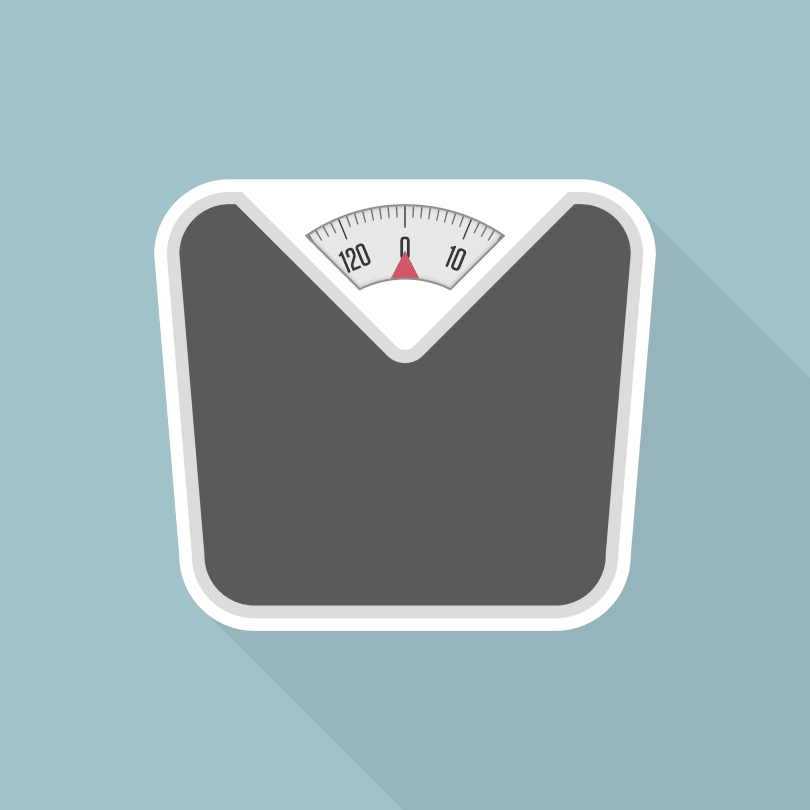nwlinux
Registered
I’m a new OW diver trying to figure out optimal weighting and buoyancy. I am 6 feet tall, 245 pounds with around 15% body fat. I’m diving in salt water with a Neotek2 8/7/6.
I bought a 32# wing which doesn’t seem to lift me out of the water enough for a surface swim without a snorkel or using my air. With that said, towards the end of my dive, I can’t seem to stay down with an empty BC and 27 pounds of weight with a steel 100.
I’ve used several calculators and methods to figure out weighting; they vary from 24-27 pounds. Based on the data I have experienced while diving, it seems like I need another three or so pounds and larger single tank wing than 32#. Thoughts or recommendations?
I bought a 32# wing which doesn’t seem to lift me out of the water enough for a surface swim without a snorkel or using my air. With that said, towards the end of my dive, I can’t seem to stay down with an empty BC and 27 pounds of weight with a steel 100.
I’ve used several calculators and methods to figure out weighting; they vary from 24-27 pounds. Based on the data I have experienced while diving, it seems like I need another three or so pounds and larger single tank wing than 32#. Thoughts or recommendations?





